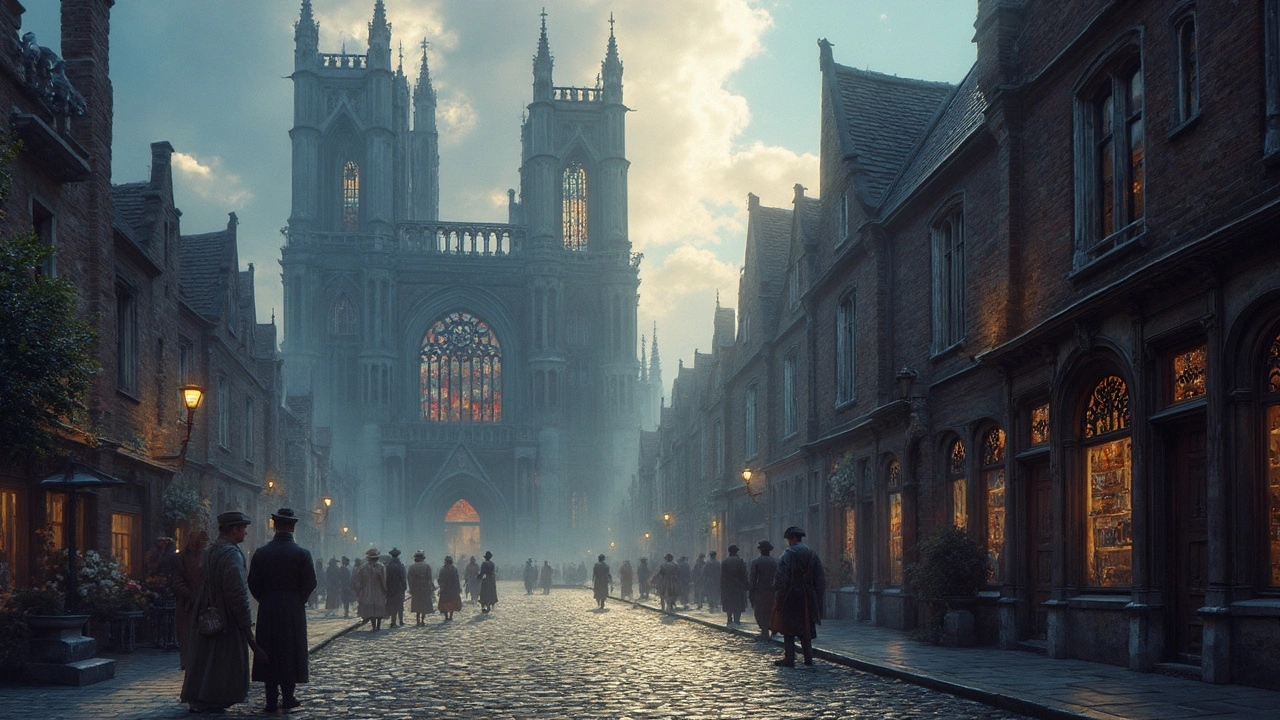Romantic Movement: What It Was and Why It Still Moves Us
The Romantic movement flipped the script on art and culture by putting feeling ahead of rules. Starting in the late 1700s and peaking through the mid-1800s, Romantic artists, writers, and musicians focused on intense emotion, wild nature, and personal freedom. They reacted against the neat order of the Enlightenment and the cold machines of early industry. The result: dramatic paintings, brooding poems, and music that felt like a shout from the soul.
Romantics cared less about accuracy and more about impact. They wanted work that pulled you in—made you feel awe, fear, longing, or rebellion. That meant rougher brushwork, stormy skies, lonely figures dwarfed by landscape, and stories that mixed the supernatural with real life. Political passion was common too: many Romantics supported revolution, national identity, or social change.
Main themes and examples
Look for these themes: the sublime (nature so big it overwhelms you), individual experience, imagination over reason, nostalgia for the past, and fascination with death or the unknown. Want specific examples? J.M.W. Turner painted violent seas and light that looks like an idea, not a photograph. Caspar David Friedrich placed single figures on cliffs to show the mind facing the infinite. Eugène Delacroix used color and movement to make political drama, like in "Liberty Leading the People." In literature, William Wordsworth and Samuel Taylor Coleridge wrote nature poems that read like confessions, while Mary Shelley and Lord Byron pushed Gothic and radical ideas.
Romantics also reshaped music. Beethoven stretched form and emotion so audiences felt music as a personal story rather than polite entertainment. That emotional freedom opened the door to later composers and new musical forms.
How to spot Romantic art today
When you visit a museum or scroll through images, check for these signs: big, dramatic landscapes; strong contrasts of light and dark; figures shown alone or in crisis; loose, energetic brushstrokes; titles that hint at feeling or myth. If a painting makes your chest tighten or your hair stand up, it might be Romantic. In literature and film, look for focus on an outsider character, an obsession with memory, or scenes where nature mirrors emotion.
Want to learn to appreciate Romantic work faster? Stand back from a painting to feel its atmosphere, read a short biography of the artist to grasp their fears and hopes, and compare a Romantic piece with a Neoclassical one to see the deliberate break with order. That contrast explains why Romance still feels fresh: it pushed art toward personal truth.
If you're an artist or writer, borrow a Romantic move: choose a single strong feeling, push color or tone to match it, and don't polish every brushstroke. Try a plein-air session in bad weather to capture raw light, or write a scene where landscape acts like another character. For visitors, join guided tours that focus on mood rather than dates — you’ll leave remembering how the work made you feel, not just when it was painted. Start exploring.

